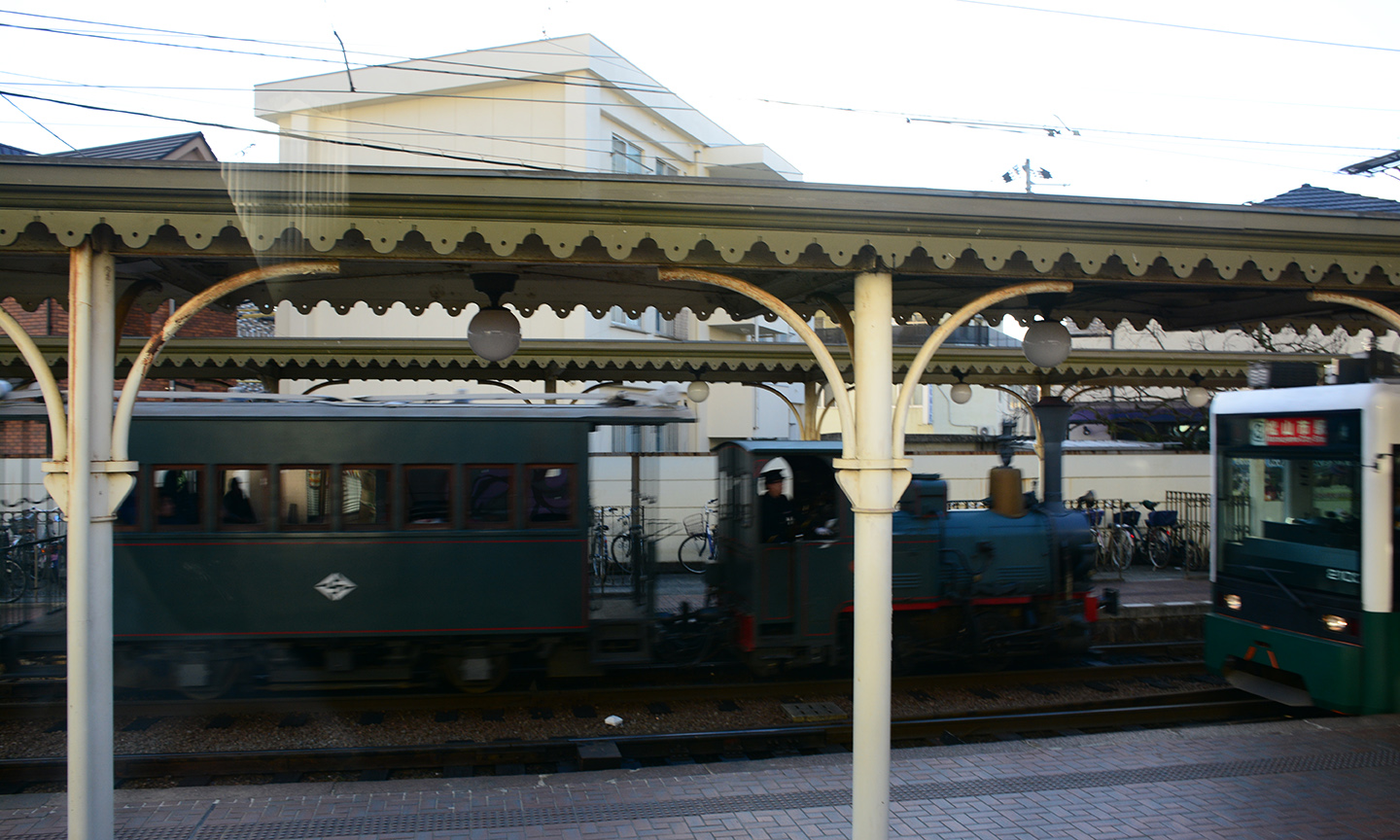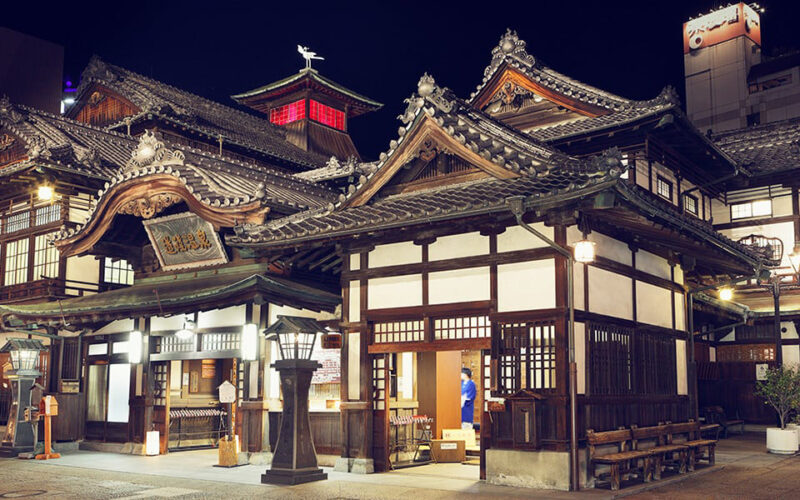Popular among tourists, “Dogo Onsen” reopened on July 11 after five and a half years of extensive renovations. The unique hot spring culture and diverse spatial planning will drive a tourism boom at home and abroad.
EHIME, JAPAN (Business Northeast) – “Dogo Onsen”, the first public bathhouse designated as an important cultural property of Japan, reopened on July 11 after five and a half years of extensive renovations. The renovation project, originally expected to be completed by the end of 2024, was completed ahead of schedule at the beginning of the summer vacation and is fully open to tourists. Although the bathing fee has increased from 460 yen to 700 yen, it has high-quality water, unique architecture, and profound history and culture. It will welcome many tourists from Japan and abroad.
Dogo Onsen Main Building, celebrating its 130th anniversary this year, became the first public bathhouse designated as a nationally significant cultural property in 1994. It is the most representative attraction in Ehime Prefecture, Shikoku. Since the main building is made of wood and has been severely damaged after more than a hundred years of use, approximately 2.6 billion yen will be spent on seismic reinforcement, ceramic tile replacement, and internal renovation starting in January 2019, and a private bathhouse will be added for overseas tourists. Mayor Katsuhito Noshi hopes that once-in-a-century renovations have been completed and the area will continue to shine for another hundred years.
Japan’s three major ancient hot springs are Dogo Onsen, Arima Onsen, and Shirahama Onsen. Among them, Dogo Onsen was one of the sources of inspiration for Hayao Miyazaki in “Spirited Away.” “Spirited Away” has topped Japan’s domestic box office for 20 consecutive years, with total box office revenue including re-releases reaching 31.68 billion yen. Miyazaki Hayao once revealed that the inspiration for Yubaba Aburaya in the story was based on the “Dogo Onsen Main Building” in Ehime County, Shikoku, which inspired many viewers to visit the place.

In addition, Dogo Onsen is also one of the story backgrounds of the famous Japanese novel “Botchan”. Passengers can go to JR Dogo Onsen Station to take photos of the exquisite and cute ” Botchan Train” and admire the ” Botchan Clock” set up by the Dogo Onsen Main Building to commemorate the 100th anniversary. During the hour, characters in novels appears on the clock in sequence. The character puppets in the story lead the visitors into the novel’s situation.
However, for Taiwanese tourists, Dogo Onsen has another meaning. Since Ehime Matsuyama City and Taiwan Matsuyama District have the same Chinese character for the place name “Matsuyama,” they signed a friendly exchange agreement in 2014 and continue to interact. Especially when traveling to Shikoku, many Taiwanese tourists choose to go to Dogo Hot Spring in Songshan City to take a bath. Travelers planning to travel to Shikoku during this summer vacation may wish to visit Japan’s oldest hot springs, step into the scenes of famous animations and novels, and experience Japan’s unique naked hot spring culture.










